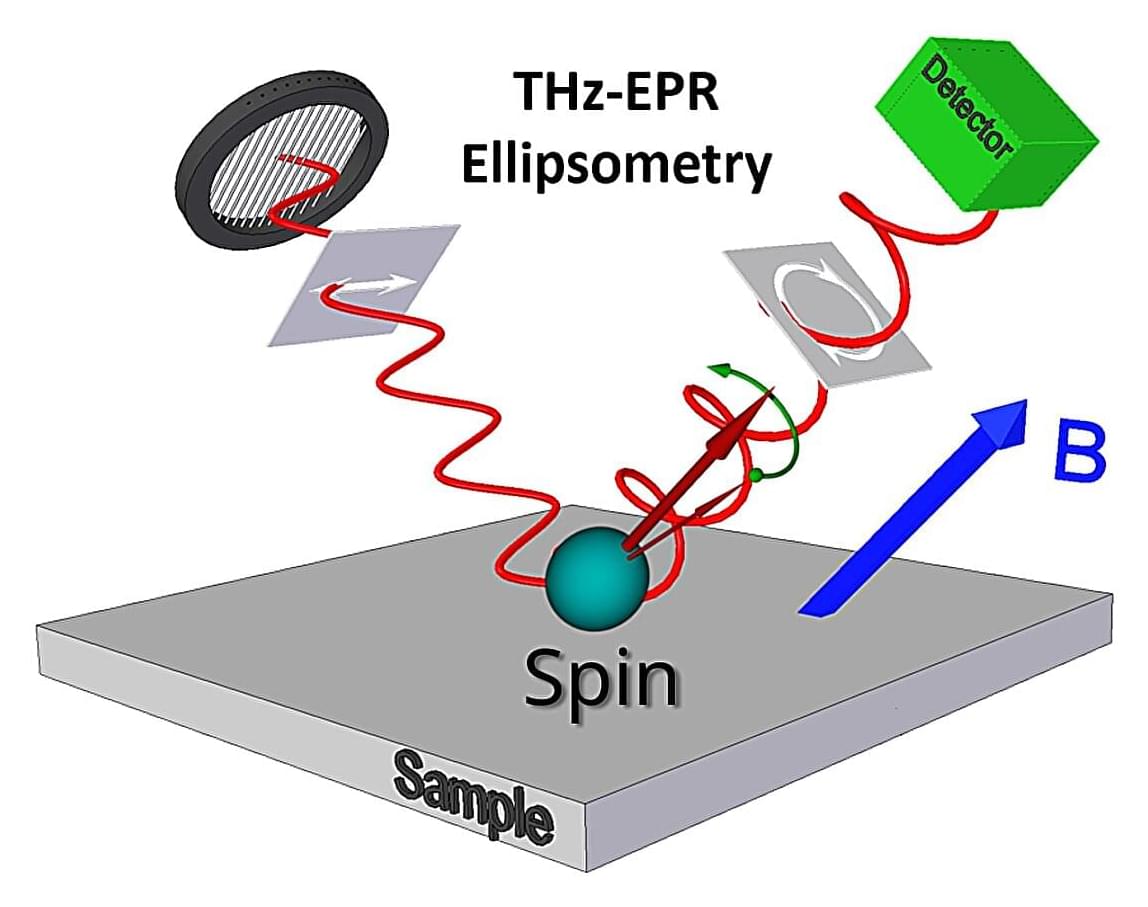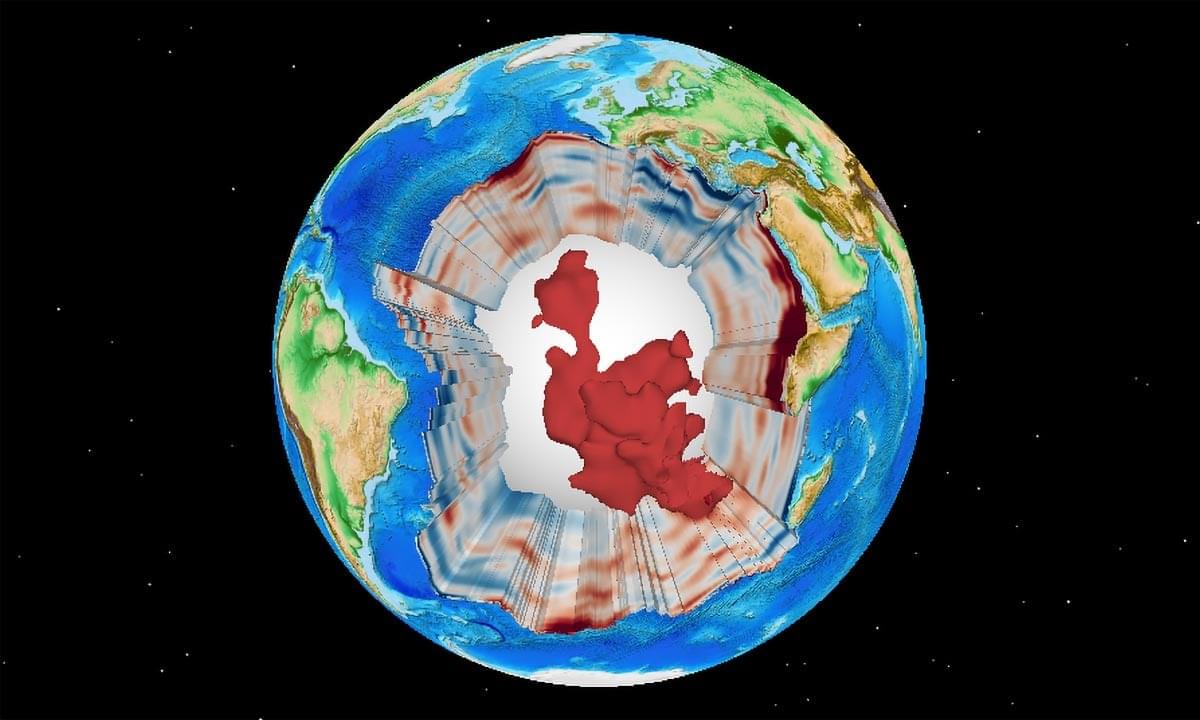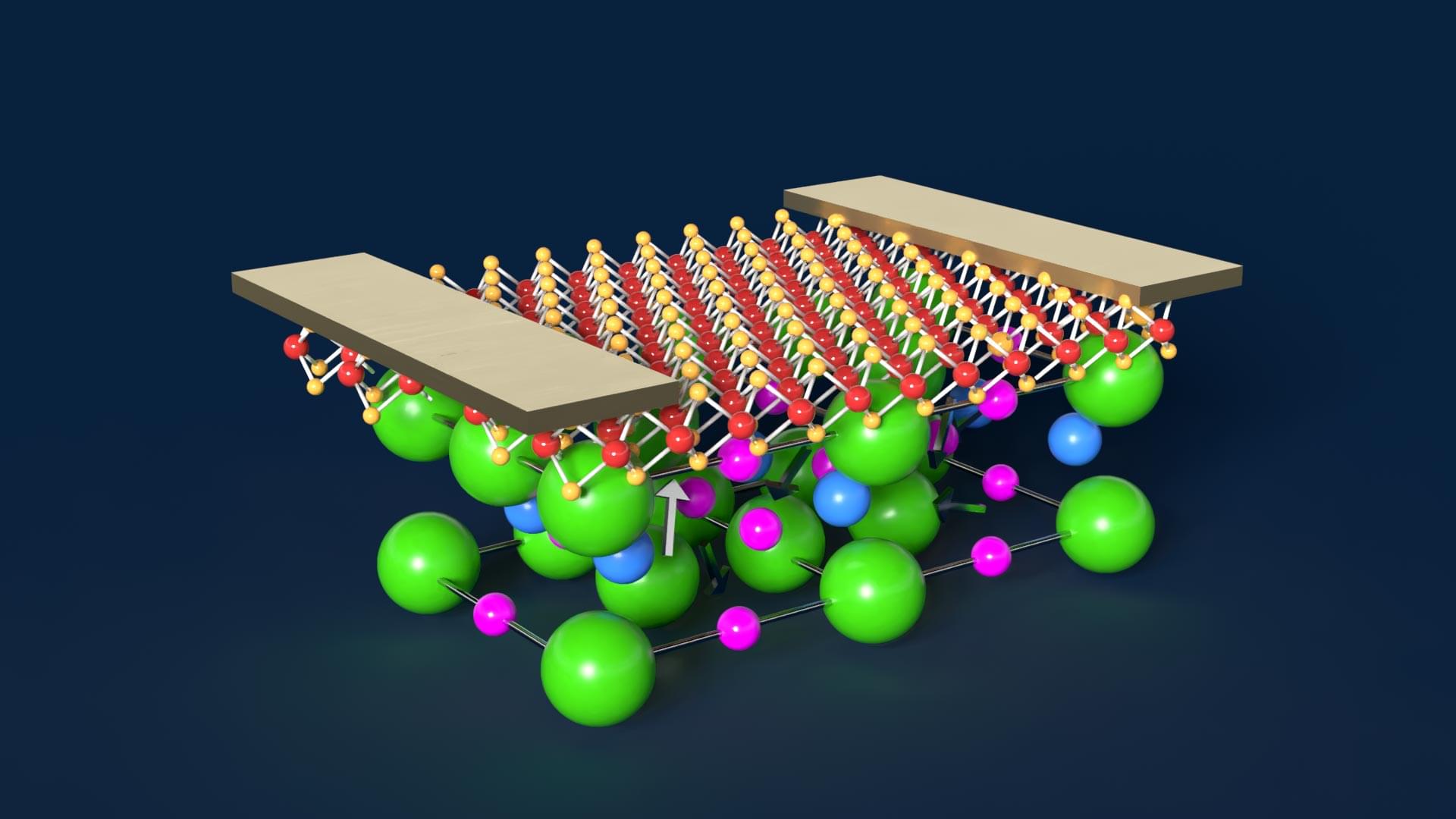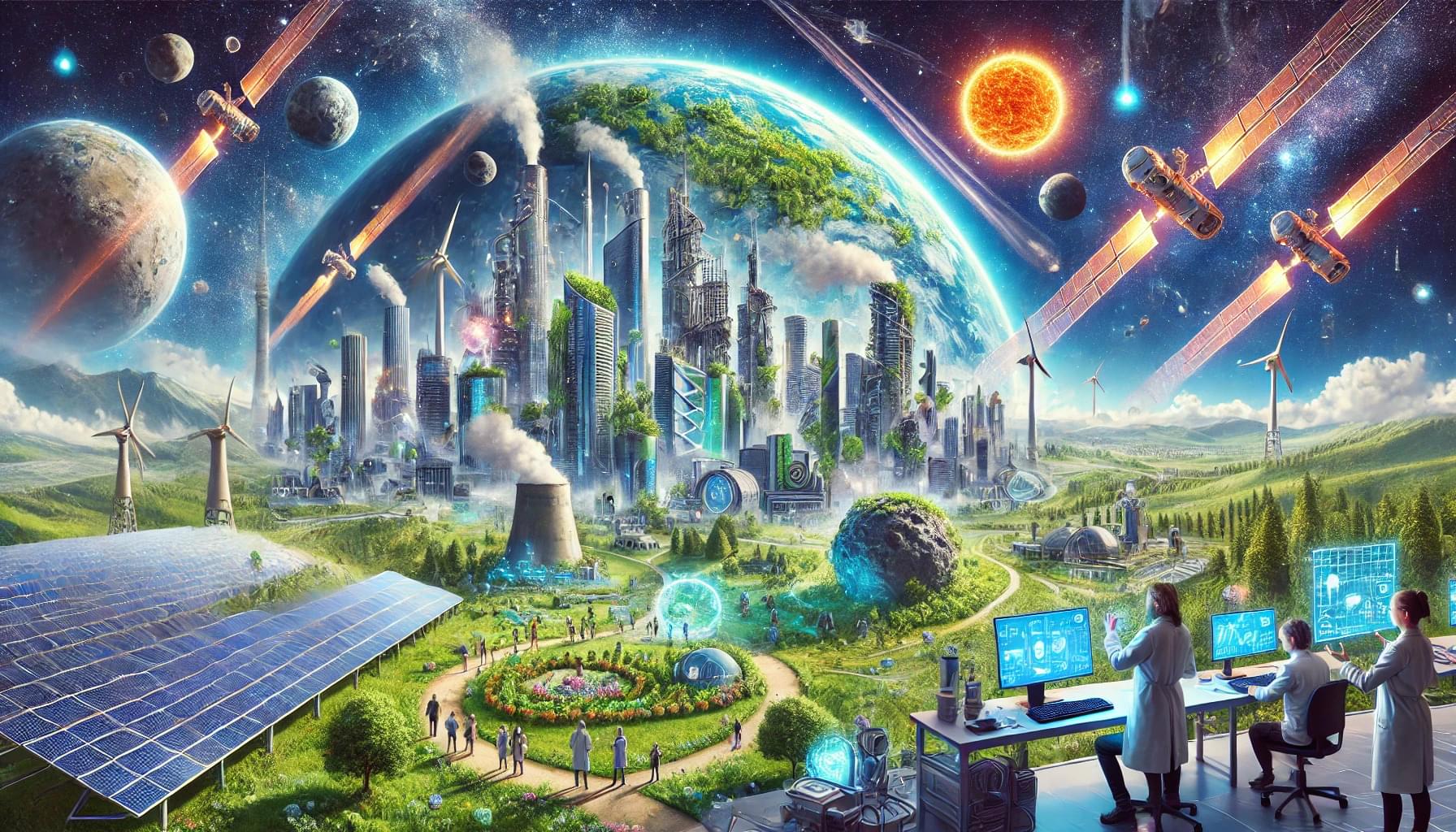Ever set off too many of the bitter taste receptors on your tongue? You probably spat out whatever it was in your mouth, and that’s our best guess for why we even have them: to stop us from ingesting things that might be harmful.
Our skin cells have the same receptors, which serve a similar purpose on a cellular level: to detect bitter substances. New research led by Okayama University of Science biologists builds on our knowledge of the type-2 taste receptors (TAS2Rs) found in the skin’s keratinocytes, finding their role is also to keep potentially harmful materials from sticking around and causing damage.
Once thought to be confined to the tongue, TAS2Rs are actually spread much further throughout the body. They line your colon, your stomach, and your upper airways.








